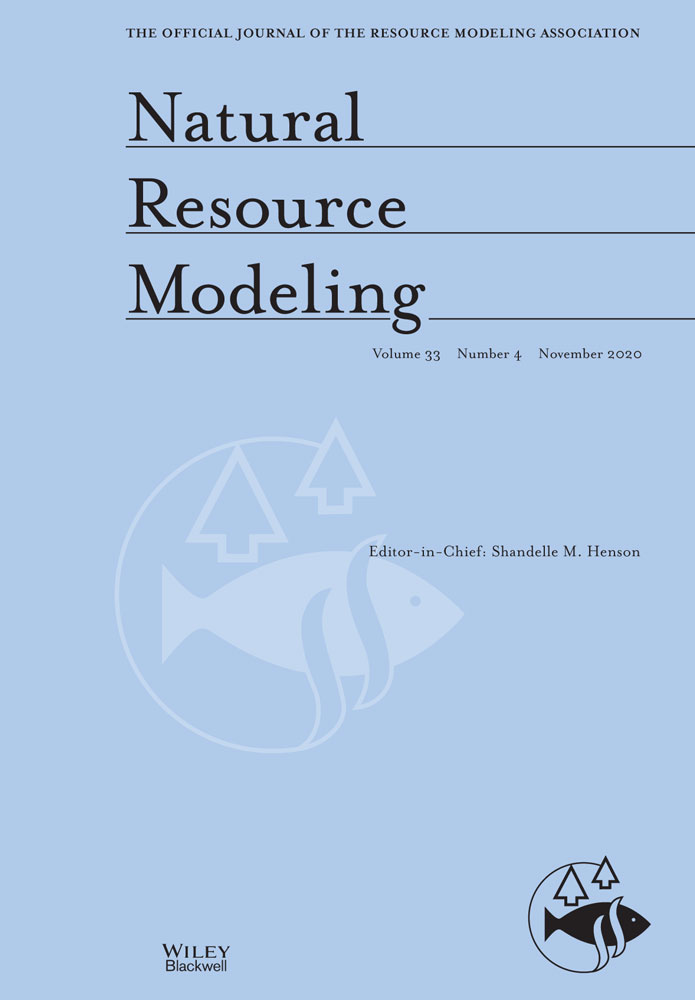From multifunctionality to sustainable cultivated land development? A three-dimensional trade-off model tested in Panxi region of southwestern China
Abstract
With the development of social economy and the diversification of human needs there is conflict between different functions of cultivated land. In this study, a practical evaluating methodology, which is a three-dimensional trade-off model on multifunctionality of cultivated land was constructed, and it was applied to Panxi region of southwestern China. The following results were obtained. (a) From 2000 to 2010, the area of cultivated land decreased by 171.67 km2, which was mainly affected by urban development and ecological construction. (b) Conflict between various functions was obvious. With the passage of time, although the overall conflict declined, local conflicts increased significantly. (c) There were five kinds of conflict types, which was high-conflict urbanization area, high-conflict ecological area, middle-conflict ecological area, low-conflict traditional agricultural area, and low-conflict ecological area. Economy, land use structure, and terrain were the main forces driving conflicts pertaining to the multifunctionality on cultivated land. (d) The three-dimensional trade-off model, which weighed the relationship between different functions of cultivated land, is an improved multiobjective decision-making model for cultivated land use. It can also be applied to a range of explicit land-use and natural resource allocation problems, and can further evolve as a result of anticipated interactions with stakeholders.
Summary for Managers
-
With the development of the social economy and the diversification of human needs, the conflict of cultivated land use becomes more and more obvious.
-
From the perspective of multiobjective land management, a practical evaluating methodology and a three-dimensional trade-off model on multifunctionality of cultivated land was constructed, to solve cultivated land use conflict.
-
The three-dimensional trade-off model improved multiobjective decision-making model of cultivated land use, and can be generated.




